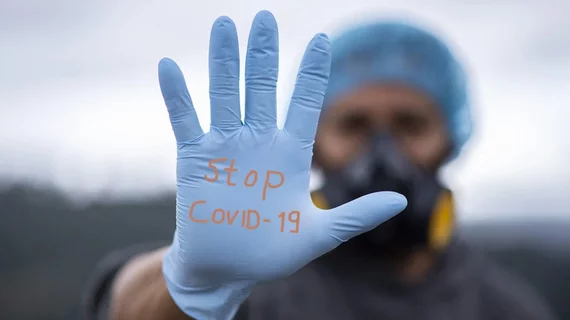COVID-19 kindling burnout rates from a ‘smoldering ember into a blazing fire,’ radiologists warn
Radiology is already suffering from rising burnout rates and the ongoing COVID-19 pandemic has only magnified the problem. Imaging experts warned that swift action is needed before the situation becomes unsustainable.
Physicians from four top institutions—Johns Hopkins, the University of Alabama at Birmingham, MBB Radiology/RadPartners and MD Anderson Cancer Center—made their plea on Tuesday, with a letter published in Clinical Imaging
Imaging providers have been feeling the heat, they argued, plagued by a perceived loss of autonomy, productivity monitoring, growing workloads, and work-life balance headaches. And the pandemic has thrown gasoline on it all.
“In effect, COVID turned a smoldering ember into a blazing fire,” Darcy J. Wolfman, MD, with Johns Hopkins School of Medicine’s Department of Radiology, and colleagues wrote.
The authors noted practice leaders and groups need to support radiologists during this time. That includes maintaining contractual obligations to stay in business, increasing clinical coverage to work through imaging backlogs, and overcoming rigid work scheduling for providers now facing more duties at home.
These issues, and more, Wolfman et al. noted, are also disproportionally impacting women. Many men are likely affected, but more female rads are being tasked with taking care of children and their families, the authors explained.
And given that women have accounted for 54% of overall job losses related to COVID-19 and are already underrepresented in radiology, leadership must keep them top of mind.
Wolfman et al. offered up a few recommendations to overcome these obstacles, which include “immense” systemic and cultural change on behalf of radiologists.
For one, they explained, practice leaders must continually discuss problems and solutions with providers via surveys, meetings, focus groups or small discussions.
A willingness to experiment with change, in and of itself, is also important, the authors wrote, whether it works or not.
Finally, Wolfman and colleagues called on radiologists to consider their peers and to help promote a culture of empathy, compassion and communication.
“Everyone is going through something, big or small … but more so now; therefore, take the time to not only be a radiologist, but also a person, and remember we are all in this together to make radiology a better profession,” the authors concluded.
Read the entire piece in Clinical Imaging here.

